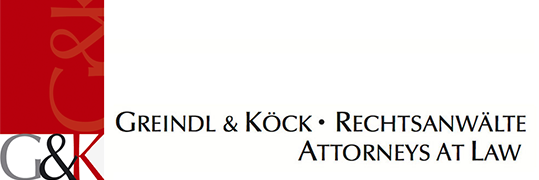Returning to the workplace – what employers should bear in mind
After almost two months of home-office, going back to normal and returning to the workplace is on many employers’ minds. The employer’s duty of care compels employers to make sure that the infection risk at the workplace is as low as possible. In order to fulfil this duty, employers need to take concrete measures of protection as well as give their employees the necessary instructions. Following issues should ia be considered when returning to the office:
- Maintaining the safety distance and respecting other hygiene measures
There has to be a safety distance of at least one meter between persons at the working place. This also applies to common rooms, as well as to areas used by everybody (such as kitchens or elevators). Drawing barriers, establishing various access regulations, as well as converting conference or break rooms can help ensure that the safety distance is kept. In cases where it is not possible to keep the necessary distance, other protective measures (such as wearing a facemask, providing hand-sanitizer, setting up plexiglass-barriers between desks) shall make sure the infection risk is as low as possible. Regarding meetings, it is advisable to reduce the number of participants, to only occupy every second or third seat, and to set a time limit. A further recommendation of the Austrian Ministry of Health is to regularly open the windows in order to ventilate the room (at least four times a day for ten minutes). However, it is still unclear whether glass towers pose a particular risk, as the windows there cannot be opened.
- Minimising the occupancy density
In order to provide the necessary space for every employee and to ensure the maintaining of the safety distance, employees should regulate the number of employees present in the office at the same time. In this context keep in mind that high-risk patients shall stay at home the longest possible. Regarding the rest of the employees, the Austrian Ministry recommends defining fixed teams that are present at the same times in the office. This way additional contacts can be avoided and the risk of contagion is minimized. The time-frame for each team working in the office can be set on the basis of the virus’s incubation period at two weeks.
- Changes for employees & Home-Office
In order to protect the employees from an infection at the working place, several changes to the working mode might be necessary. For example, if an employee is allocated a different office, she or he will have to accept it – if the rest of the security measures are fulfilled.
A not insignificant change of the job location or of the area of activity – as for example changing the job location from the city centre to the suburbs, but also a significant change in the organisation of working times – can however mean a relocation. Depending on the particular provisions of the respective employment contract, the relocation will either be readily permitted or will require the affected employee’s consent – this shall be assessed case to case.
A right for working from home only exists for employees who prove they are high-risk patients. Many employers however have concluded home-office agreements with their employees. If the agreements provide a cancellation right for the employer, then the employer can instruct the non-high-risk-employees to return to the office.
- Company agreement for rules of conduct
The employer must give the employees the instructions necessary to ensure the hygiene measures are respected. During pressure times, these rules of conduct can at first be set up by the employer by him/herself. It is however recommended to conclude a company agreement on the rules (if there is a works council).
- Consequences for employers
In case the safety measures are not established, the employer could face an admonition or even administrative penalties of 166 up to 8,324 euros, in case of recurrence of 333 up to 16,659 euros. In most cases it is up to the employees’ individual responsibility to make sure the measures are complied with, so that the employer has no duty of continuous verification.


 Deutsch
Deutsch